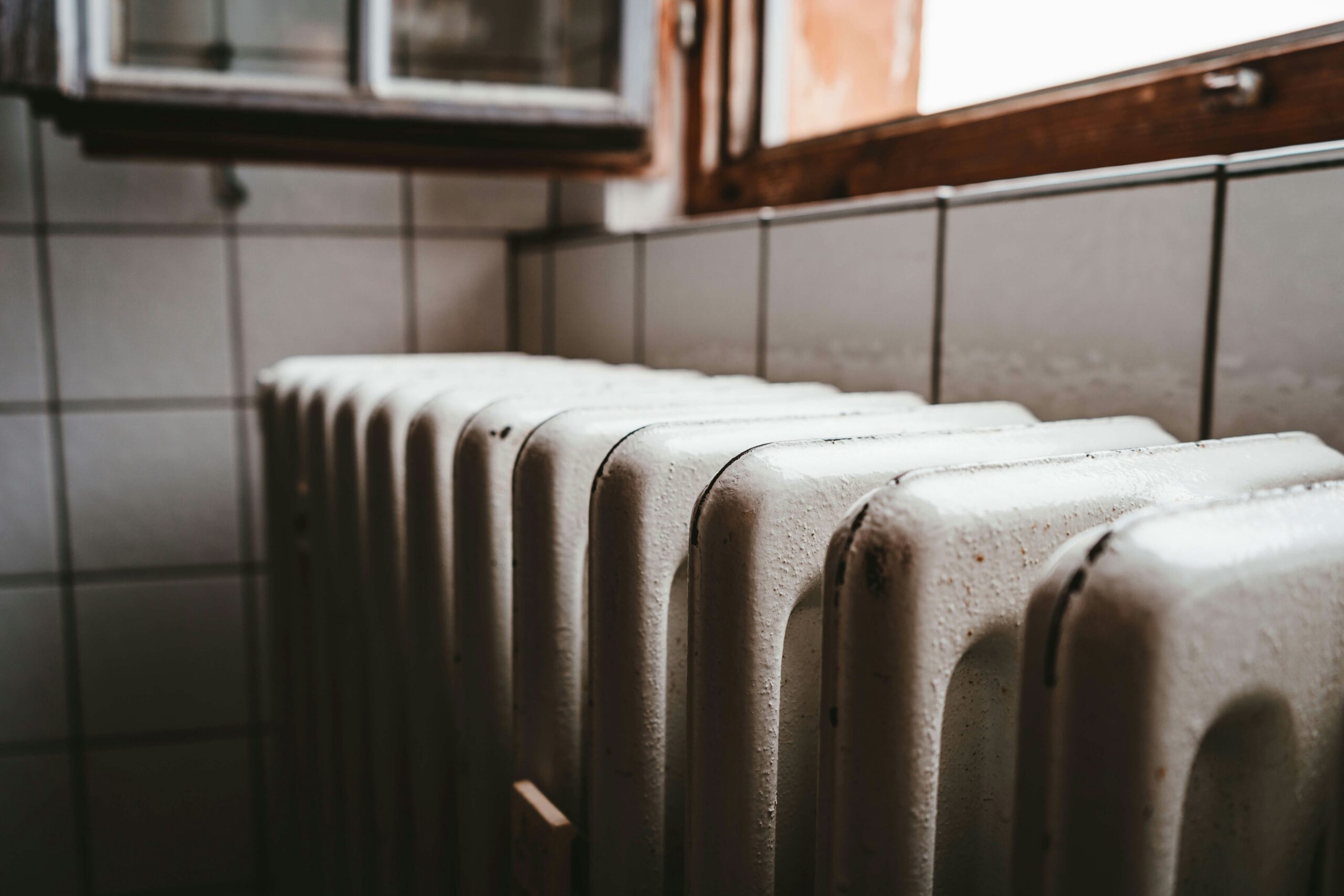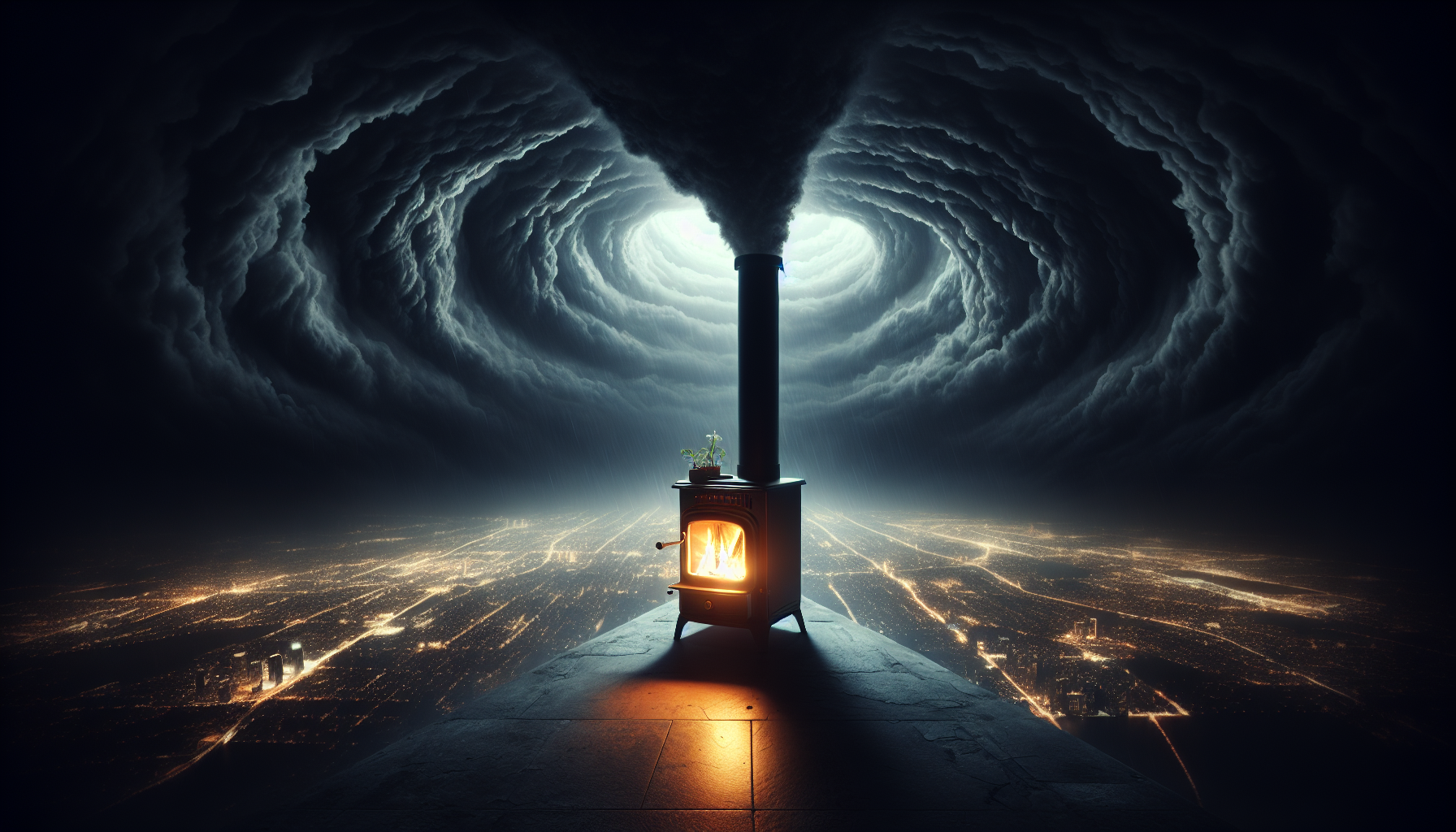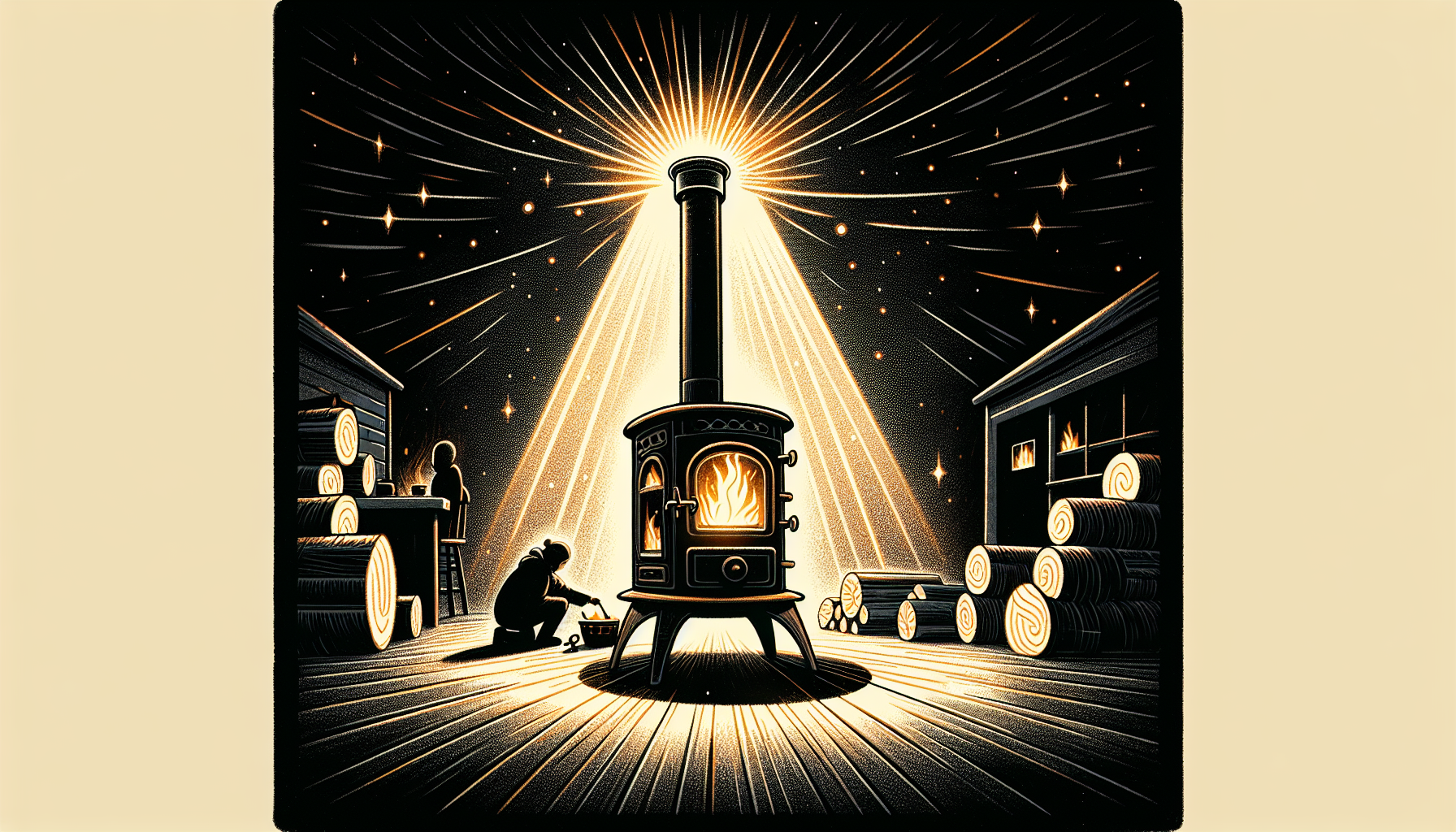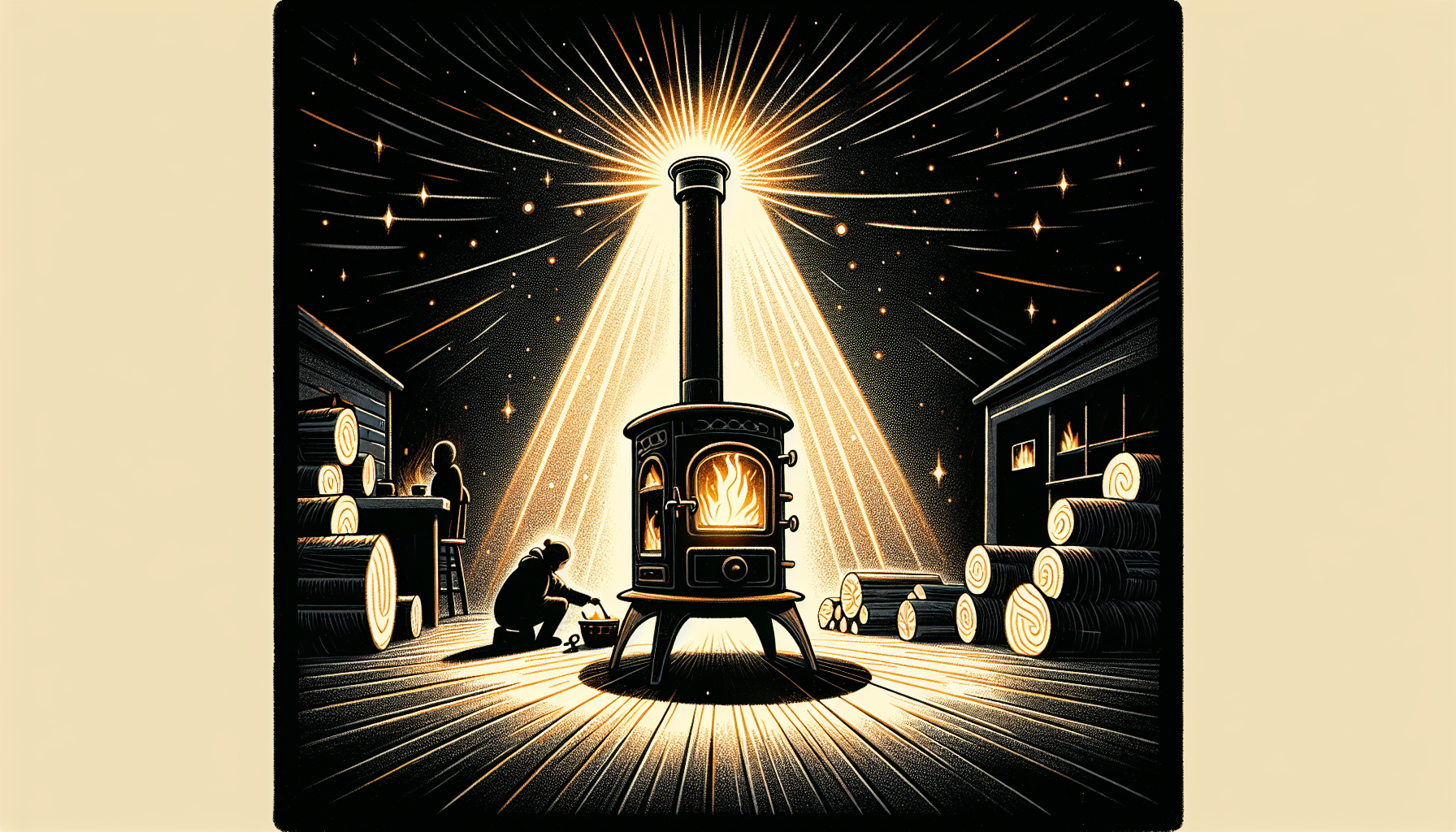Imagine you find yourself in the midst of a chilly winter night, surrounded by darkness as a power outage has left you without electricity. The biting cold seeps into your bones, and you desperately seek ways to keep warm. In this article, we will explore the best methods to heat your home during a power outage, ensuring you stay cozy and comfortable even when faced with unexpected blackouts.
Alternative Heating Sources
Fireplace
A fireplace is a classic and cozy way to heat your home during a power outage. Whether it’s a traditional wood-burning fireplace or a gas-powered one, you can rely on it to provide heat and create a warm ambiance. Make sure you have enough wood or propane to last through the outage and keep the fire going. Remember to practice fireplace safety precautions, such as using a screen to prevent sparks and embers from flying out.
Wood Stove
Another popular alternative heating source is a wood stove. Wood stoves are highly efficient and can provide a substantial amount of heat. They require wood as fuel, so be sure to have a good supply of dry firewood ready before the power outage hits. Proper ventilation is essential when using a wood stove, so make sure your stove is installed correctly and all flue pipes are in good condition.
Portable Propane Heater
Portable propane heaters are an excellent option for heating specific areas of your home during a power outage. These heaters are convenient and easy to use, as they typically come with an ignition switch and adjustable heat settings. They run on small propane canisters, so stock up on extra fuel to keep your heater running. Remember to use propane heaters in well-ventilated areas and follow the manufacturer’s instructions for safe usage.
Kerosene Heater
Similar to portable propane heaters, kerosene heaters are a reliable source of heat during a power outage. They burn kerosene fuel and can efficiently heat a room or small space. Always use a high-quality kerosene, and store it in a safe and well-ventilated area away from any flammable materials. Make sure to follow the safety guidelines provided by the manufacturer and maintain proper ventilation while using a kerosene heater.
Pellet Stove
Pellet stoves are a more eco-friendly alternative to wood stoves. These stoves burn small pellets made from compressed sawdust, which are highly efficient and produce consistent heat. Pellet stoves require electricity to operate, but with a backup power source like a generator, you can still enjoy the warmth they provide during a power outage. Ensure you have an adequate supply of pellets and a properly functioning stove for uninterrupted heating.
Gasoline Generator with Space Heater
If you have access to a gasoline generator, pairing it with a space heater can provide a reliable and versatile heating solution during a power outage. Gasoline generators can power electric space heaters, which can warm up a specific area or room in your home. However, it’s crucial to operate the generator in a well-ventilated area and follow safety precautions to prevent carbon monoxide poisoning. Always read the manufacturer’s instructions and understand how to use the generator safely.

Energy Efficient Measures
Insulation
Improving the insulation in your home is an effective way to retain heat during a power outage. Insulation helps to prevent heat loss through walls, ceilings, and floors, making your home more energy-efficient. Consider adding insulation to your attic, walls, and crawl spaces. You can use materials like fiberglass batts, blown-in cellulose, or foam insulation for better insulation and reduced heating needs.
Weatherstripping
Weatherstripping is an inexpensive and easy way to seal gaps around doors and windows, keeping cold air out and warm air in. By applying adhesive weatherstrips or using door sweeps, you can significantly reduce drafts that contribute to heat loss. Inspect your windows and doors for any gaps or cracks and seal them using appropriate weatherstripping techniques.
Window Coverings
Utilize window coverings, such as curtains or blinds, to maximize heat retention. Thick, thermal curtains or insulated window blinds can create an additional barrier against cold drafts and help maintain the warmth inside your home. Keep curtains closed during the evening and open them during the day to allow sunlight to naturally heat your space.
Draft Stoppers
Draft stoppers, also known as door snakes, are long fabric tubes or cushions placed along the bottom of exterior doors or windowsills to prevent drafts from entering your home. They act as a barrier against cold air infiltration and can help keep your space cozy during a power outage. You can purchase draft stoppers or create your own using fabric and filling materials like rice or dried beans.
Door Sweeps
Installing door sweeps on exterior doors can further minimize heat loss by sealing the gap between the bottom of the door and the floor. Door sweeps come in different materials like vinyl, rubber, or metal, and easily attach to the door with nails or adhesive. They provide an effective barrier against drafts and are a simple yet efficient way to improve energy efficiency.

Preparation and Safety Measures
Emergency Heat Supplies
When preparing for a power outage, it’s essential to gather emergency heat supplies to keep you warm. These supplies may include extra blankets, sleeping bags, warm clothing, and thermal socks. Make sure to place them in easily accessible locations so that you can quickly grab them when needed. Having these items readily available will ensure your comfort and safety during extended power outages.
Carbon Monoxide Detectors and Alarms
Carbon monoxide (CO) is an odorless and colorless gas that can be extremely dangerous, potentially leading to illness or even death. When using alternative heating sources like gas or kerosene heaters, it’s crucial to have carbon monoxide detectors and alarms installed in your home. These devices will alert you if high levels of carbon monoxide are detected, providing you with valuable time to evacuate and seek fresh air.
Ventilation
Proper ventilation is vital when using any alternative heating sources that produce combustion gases. Ensure that your home’s ventilation system is functioning correctly, especially if you are utilizing wood stoves, propane heaters, or kerosene heaters. Good ventilation helps to remove pollutants and maintain a healthy indoor environment, reducing the risk of carbon monoxide buildup.
Fuel Storage
If you rely on alternative heating sources that require fuel, such as wood, propane, or kerosene, it’s essential to have an ample supply of fuel stored safely. Store fuel in appropriate containers intended for the specific fuel type and in well-ventilated areas away from living spaces. Proper storage prevents fuel degradation and reduces the risk of fire or fuel leakage.
Fire Safety Measures
Using alternative heating sources during a power outage increases the risk of fire hazards. Always follow fire safety guidelines when operating fireplaces, wood stoves, propane heaters, or any other heat source. Keep flammable materials at a safe distance, regularly clean chimneys and stovepipes to prevent creosote buildup, and have fire extinguishers readily available. Additionally, ensure everyone in your household knows how to respond in case of a fire.

Improving Heat Distribution
Ceiling Fans
Ceiling fans aren’t just for cooling you down in the summer; they can also help distribute heat throughout your home during a power outage. Set your ceiling fans to rotate clockwise during winter months. This gentle updraft pushes warm air that naturally rises to the ceiling back down into the room, creating a more balanced and comfortable environment.
Thermal Curtains
Thermal curtains not only act as window coverings but also aid in heat distribution. By closing thermal curtains in one room while leaving them open in another, you can redirect warm air to where it’s needed most. This helps to regulate temperatures and make the heating process more efficient during power outages.
Furniture Placement
Rearranging your furniture can also contribute to better heat distribution. Place your furniture away from windows and exterior walls, as these areas often experience drafts. By positioning your furniture closer to the center of the room, you can prevent heat loss and maintain a warmer space for longer periods during a power outage.
Door Curtains or Barriers
Using door curtains or barriers in rooms that aren’t commonly used or in areas with limited heating sources can help contain and direct heat. Simply hang a curtain or temporary barrier in doorways to trap heat in a specific room or section of your home. This method can prove especially useful during power outages when you wish to conserve heat and focus on heating essential areas.

Community Support
Shelters and Local Assistance
In times of prolonged power outages, community support systems play a crucial role in providing warmth and shelter. Stay informed about local shelters and assistance programs that may be available in your area. These resources can offer a safe and warm environment for those without adequate heating options during emergencies.
Emergency Warming Centers
Emergency warming centers are established by local authorities to provide temporary shelter and warmth during power outages. They typically operate in community centers, schools, or other designated public spaces. Keep yourself updated on the locations and availability of these centers in your community, should the need arise.
Family or Friends’ Homes
When facing a power outage, don’t hesitate to reach out to family or friends who may have power or alternative heating sources. In emergency situations, the kindness and support of loved ones can make a significant difference. Stay connected with those around you and be willing to lend a helping hand or accept assistance when needed.
In conclusion, there are numerous alternative heating sources and energy-efficient measures you can rely on to keep your home warm during a power outage. Through proper preparation and safety precautions, you can ensure the comfort and well-being of yourself and your loved ones when facing unexpected challenges. Additionally, community support systems and resources can provide a helping hand during these difficult times. Stay informed, stay warm, and stay safe!


